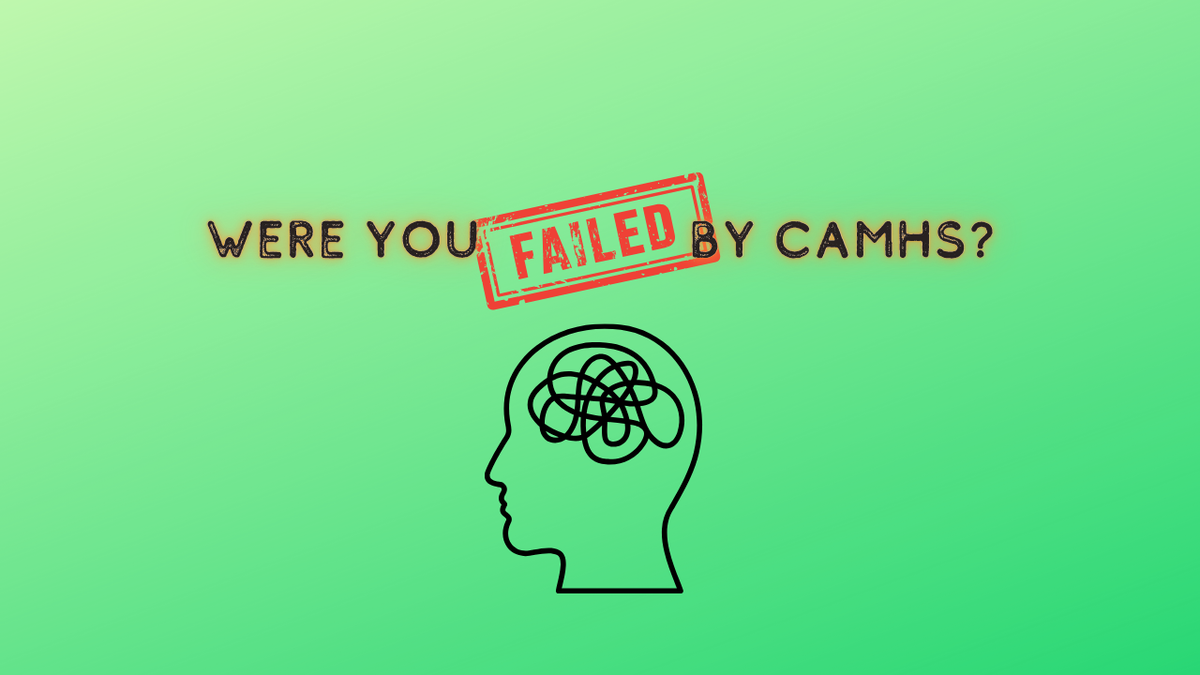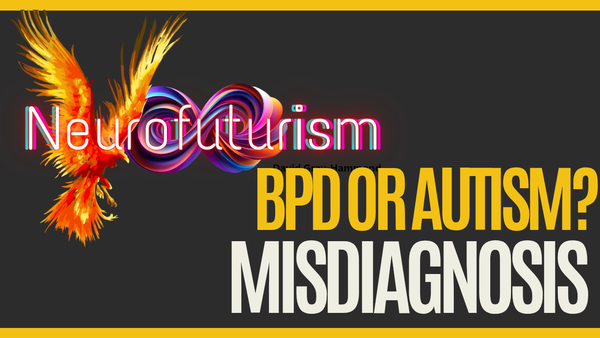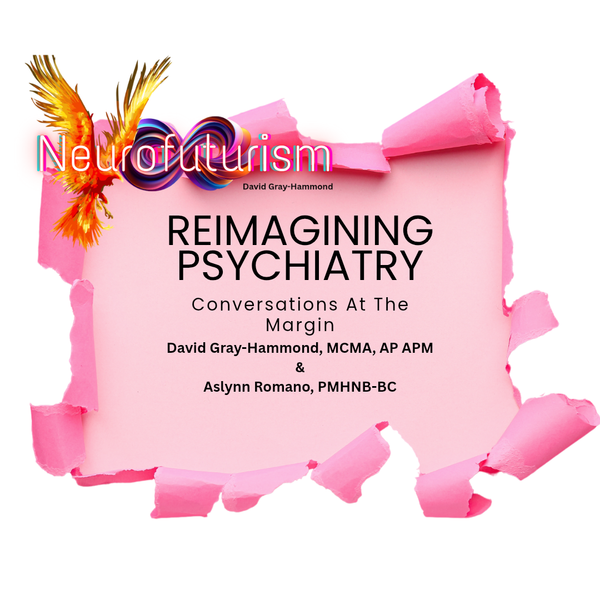CAMHS are responsible for suicidal Autistic adults
Child and Adolescent Mental Health Services (CAMHS) focus on improving the mental health of children and young people but often fail to support Autistic individuals. This leads to high rates of mental health issues and su*cide in Autistic adults. CAMHS failures create a burden on adult mental health

When one thinks about Child and Adolescent Mental Health Service (CAMHS), it's reasonable to assume you think of children. That's what they exist for; improving the mental health of children and young people. It conjures images of the countless Autistic children who are failed by this service. However the impact of CAMHS failings expands beyond our youth. Struggling children become struggling adults without appropriate support. Perhaps then, we can see the impact of failings in the number of Autistic adults who are being diagnosed with complex mental health conditions.
The importance of early-intervention in CAMHS services
Autistic people experience a varied and frequent stream of traumatic life events. The outcome of this is demonstrated in the 70%+ of Autistic people who will experience a mental health condition in their life. This stands in stark comparison to the 12.5% of the general population who have a mental health condition.
This places CAMHS in a unique position. Trauma often starts in early childhood for Autistic people. This means that they have the opportunity to intervene and improve our wellbeing early on in life. Despite this, services either reject us for being Autistic or provide inappropriate treatment. Membride (2016) speaks of the importance of early-intervention. They note that untreated mental health issues will continue into adulthood. Sturgeon (2012) notes that many adults experiencing mental health issues will also experience social marginalisation and systemic violence.
Failing Autistic children is costing the lives of Autistic adults
We have to discuss suicide rates in the Autistic population. Hedley & Uljarevic (2018) found that up to 66% of Autistic adults experience suicidal ideation with 35% attempting suicide. Overall suicide accounted for 0.31% of premature deaths in Autistic populations. This is an area for significant concern. In the general population suicide only accounted for 0.0092% of deaths.
Overall the Royal College of Psychiatrists found that Autistic people are 9x more likely to die by suicide. It's reasonable to argue that appropriate support from CAMHS in childhood would reduce these deeply troubling statistics to at least be closer in line with the general population. Fergusson et al (2005) found that both suicidal ideation and suicide attempts were predictive of mental health issues in early adulthood. Still CAMHS are turning away Autistic young people and children.
CAMHS are creating a crisis for adult mental health services
By failing to support Autistic children and young people, CAMHS are creating a burden on mental health systems that we access later in life. When we consider the significantly higher rates of mental health issues in Autistic adults, we can infer that support at an earlier age would lead to better outcomes.
Those Autistic people who survive childhood are going on to become Autistic adults who are permanently stuck in survival mode. Let us not forget that Autistic adults are also more likely to have Autistic children themselves, being thrown back into a system that may have traumatised them as a child.
The CAMHS to Social Services pipeline
Autistic children are failed by CAMHS leading to mental health issues in adulthood. These Autistic adults then have children of their own and are forced to access the same institutions that traumatised them in order to access support for their own Autistic child. The compounding effect of systemic violence and the mental health problems they are left with from childhood leads to safeguarding referrals.
Clements & Aiello (2021) find that disabled parents, in this case neurodivergent parents, are more likely to experience parental blame for their children's struggles. I would infer that failure by CAMHS in childhood has a significant link to later involvement with social services as an adult. Services fail to support Autistic people and their families, and then blame them for the negative outcomes.
Concluding Thoughts
We could argue that more research is needed in this area to establish causation and impacts, but I would offer an alternative. Researching this area makes very little difference if services are not going to improve their approach to Autistic people. Academics can spend years establishing the real world impacts of CAMHS failures, but until they decide to improve their services, we will continue to fall victim to the systemic violence of CAMHS and similar services.


